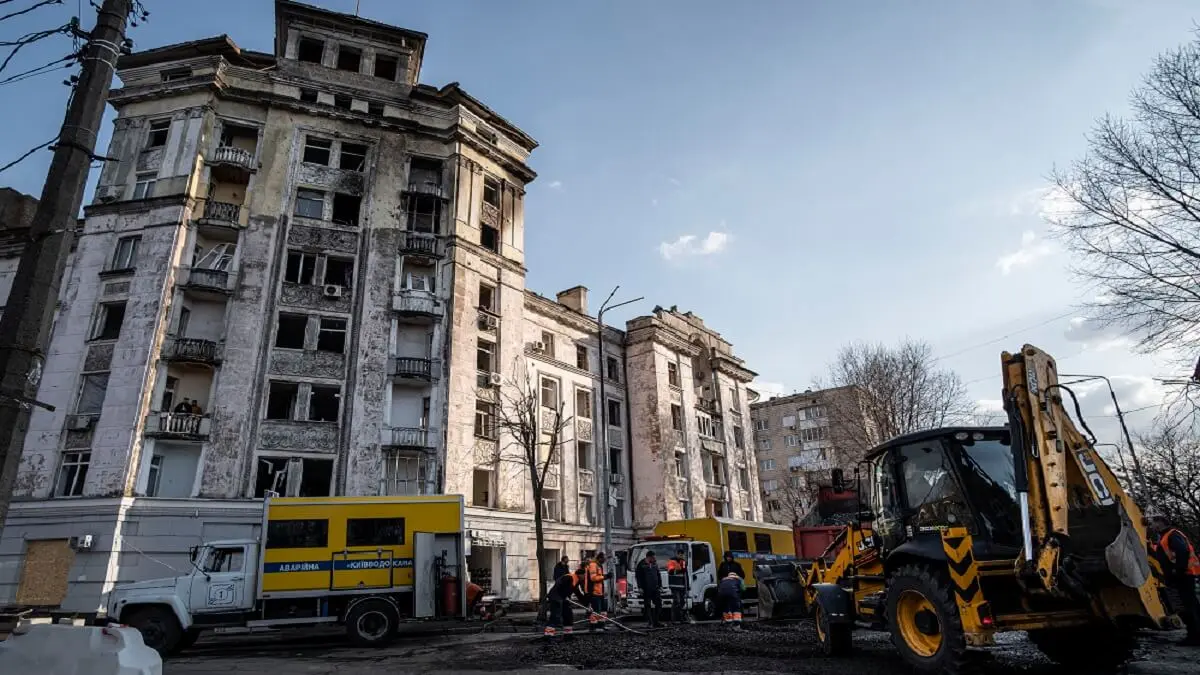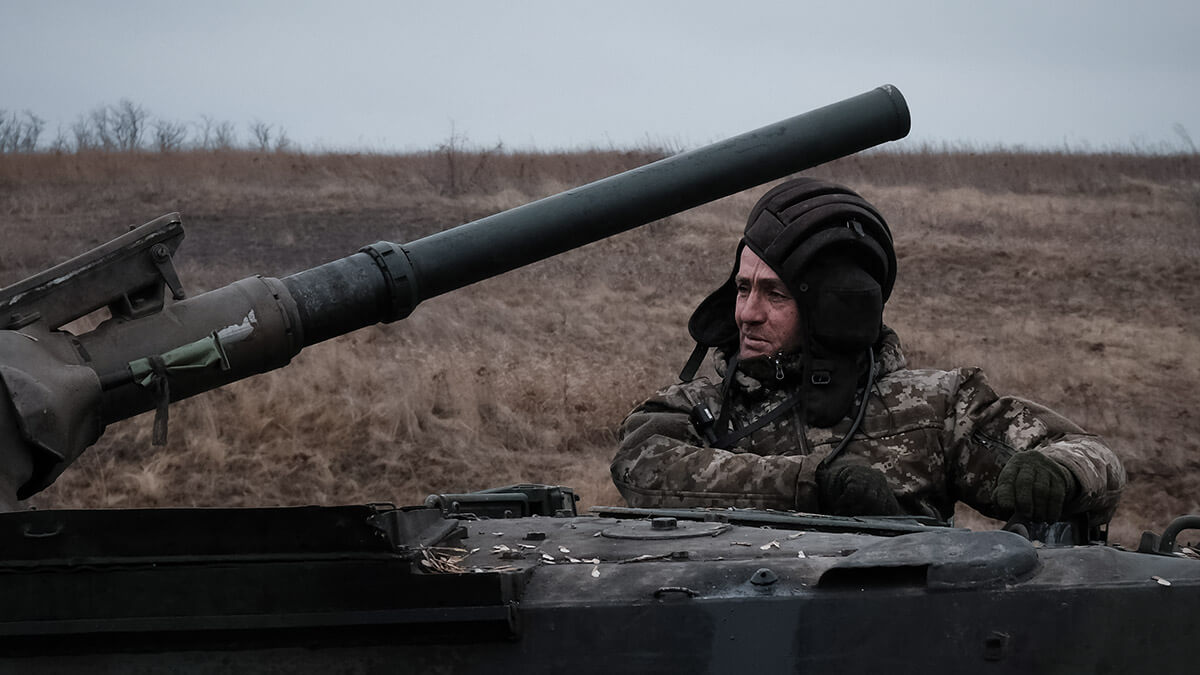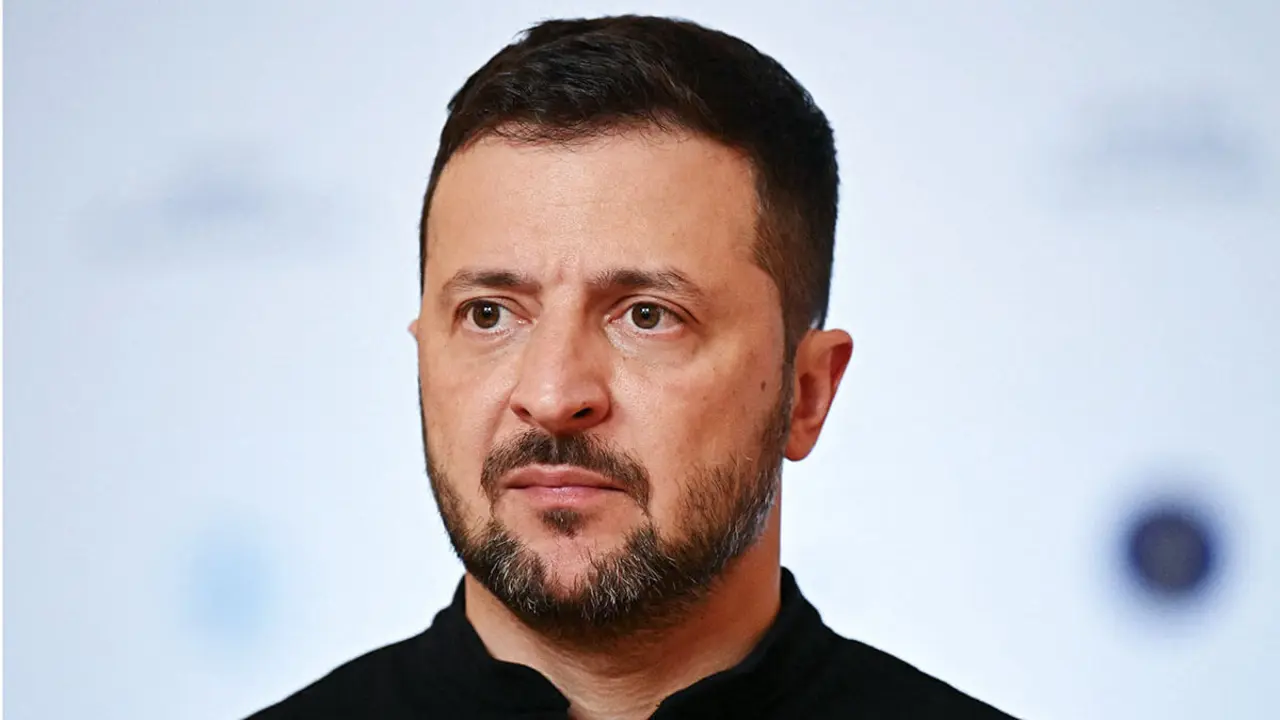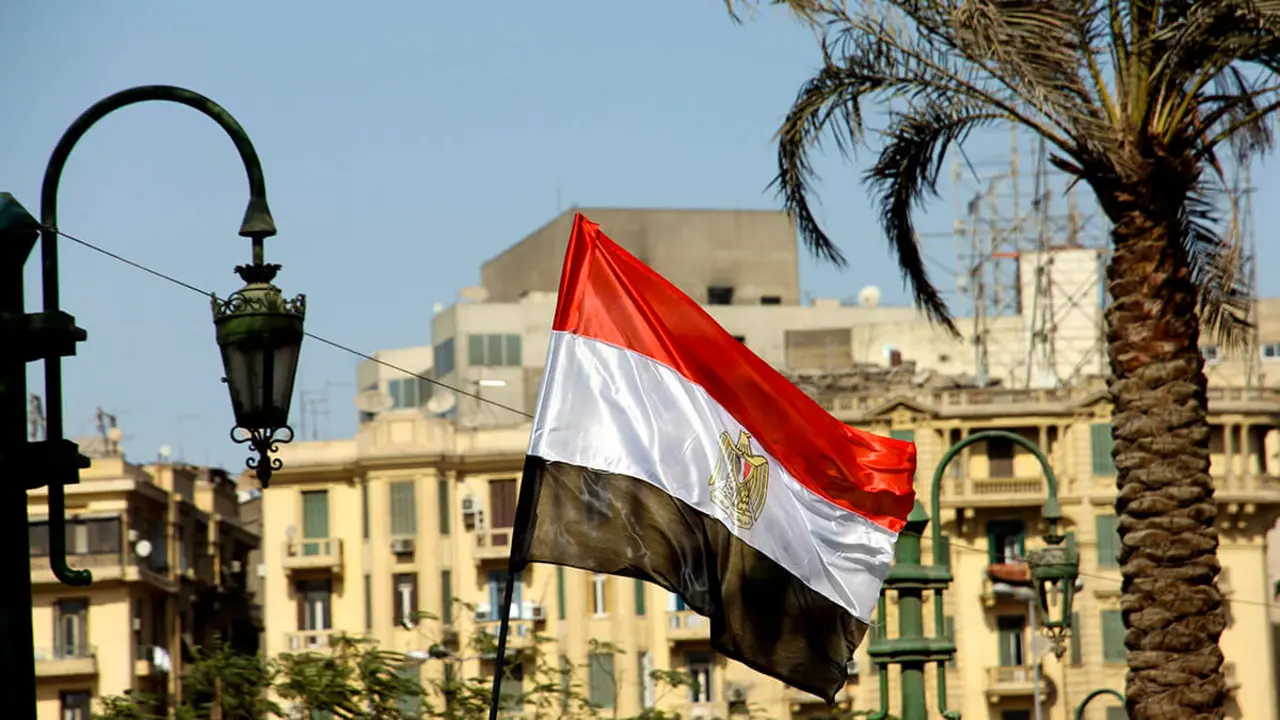Russia intensifies bombardment of Ukraine

On the programme ‘De cara al mundo’ on Onda Madrid, reporter and journalist María Senovilla, a contributor to Atalayar, analysed the continuous bombardment of Kherson by Russia.
She also considered the possibility that Ukraine could develop nuclear weapons.
Maria, this week marks two years since the liberation of Kherson, which is where you are right now, but far from returning to normality after the Russian occupation, this city has become one of the most heavily bombed cities in Ukraine.
That's right, it was the only provincial capital that the Russians managed to occupy during the first months of the invasion and it was occupied for eight and a half months, until on 11 November 2022, with winter approaching, the Russians retreated across the river due to the inability to have logistical routes and enough ammunition to hold the front line.
At that time, I think many of us remember the images of jubilation that reached us from here, from this city, where people took to the streets, wrapped in the Ukrainian flag, and began to embrace the troops that entered to fortify the area that they had managed to push back the Russians.
These images of joy, these images of emotion, were short-lived, because the shelling quickly began. Here in Kherson, just six kilometres away, the Russian lines, with all their arsenal, are firing every day on this city, which in the last two years has been bombed 36,000 times, to give you an idea of the density of the fire that the people who are left here are subjected to. There were 300,000 living here before the invasion, now there are an estimated 60,000 to 80,000 left and they are subjected all day and all night to this continuous bombardment.
Being so close to the Russian lines, the artillery reaches them perfectly, plus glider bombs and, most terrifying of all, for the past few months they have also been bombing the city with drones. With those drones that are used on the zero line of combat, armed with grenades or other types of explosives and remotely controlled, let's say, hunting people. The Russians launch the drones over the streets of Kherson and when they see something that interests them - a person, a market, ambulances, volunteer cars - they drop the explosive. In the catalogue of war crimes to which Russia has accustomed us since the invasion of Ukraine began, we must add this latest one, which is, if possible, even more despicable.
The Kherson authorities told me that there is little they can do about the drones because the anti-aircraft defences cannot neutralise the little Mavericks they launch across the river and quickly reach the other side.
What is being tried is to evacuate the population. More than 50,000 people have already been evacuated and those who remain, who are mostly elderly people and families with few resources, are being asked to take cover or go down to a shelter every time they hear the slightest buzzing sound when they are in the street. Imagine what it is like to live in this situation, day and night, for the last two years.

How do the most vulnerable survive, for example the children?
I have just been visiting a centre that UNICEF together with other local NGOs have opened in Kherson. They have opened three places like this one where I have been, because the schools obviously can't function.
The vast majority of them are bombed, but even if the buildings were intact, it's impossible for the children to go there safely and to keep a school schedule. Here the children have been out of school for three years and they are already feeling the effects of this war with outbreaks of hyperactivity, with psychological problems, some stop talking, others start to stammer, there are those who express the panic of war every time they hear any noise.
And in these centres, as I said, they are trying to reverse the damaging psychological effects of this situation of continuous attacks, of continuous bombings, of these explosions that never stop, and they are also helping them to do something.
Look at what I am going to tell you, they are helping them to make friends, to learn to relate to other children because, especially the pre-school children, since this invasion began, have lived half their lives in war, and they do not know what it is like to go to school normally, to relate to other children, to make friends, to play and they are learning in places like the one I have had the opportunity to visit this morning.
Then, of course, there are the older people, many with mobility problems. They are totally dependent on volunteers who bring everything from food to medicine or who help them evacuate when the situation becomes unbearable. Really, right now, Kherson is a human drama, no matter how you look at it.

It is the reality of war, where it is happening right now in Kherson, and the victims. The victims, who in addition to the soldiers, civilians are the ones who are suffering. One last question, could Ukraine develop nuclear weapons? This would have very significant consequences.
This is what the British newspaper The Times has published, which puts it in context. It says that if Trump were to suddenly cut off military assistance to Ukraine, this country would be in a position to create, to make, one or two bombs like the bomb that was dropped on Nagasaki.
It does not have the capacity to develop a full nuclear programme, nor to enrich uranium, nor to maintain it over time. But it would have the means and the elements to manufacture one or two bombs of the kind I am talking about and launch them, for example, against the military air bases from which the planes that are currently pounding Ukraine are launched.
As you said at the beginning, the bombing is continuing. Cities like Kharkiv, Kherson, Odessa, even Kiev, although it has better anti-aircraft defences, are under daily attack. Since I returned almost a month ago, there has not been a single night when the air-raid sirens have not been triggered either by suicide drones, those Iranian-made Shahed-type drones, or by direct attacks with ballistic missiles.
So Ukraine faces a situation where, if the US cuts off military assistance right now, this British newspaper says it could be a last resort or a deterrent to somehow rein in the Kremlin.









